– Freezing time. The term “fertility wealth gap” typically refers to how income and socioeconomic factors impact fertility rates and access to reproductive health care.
However, a recently published book argues that there’s another fertility-related wealth gap to consider: the one that’s developing between men and women as a result of the popularization of egg freezing.
In The Mother Code, journalist Ruthie Ackerman grapples with her own conflicting feelings around motherhood and, ultimately, her decision to have a child in a way and at an age that goes against societal convention. On the one hand, she celebrates the scientific breakthroughs that allow her to build her family. On the other, she explores the complex world of Instagram-friendly fertility startups which breezily promise women that, in exchange for $15,000 – $20,000 (the average cost of one egg freezing cycle in most major US cities), they can “have it all,” at any time they want, as she puts it. “Young women are forced to choose between freezing their eggs to give themselves a fertility ‘insurance policy’ and saving for retirement,” she writes. While not yet a mainstream benefit, some companies do cover egg freezing, as do some states. There are often caveats to the latter, however, such as coverage not applying to women freezing eggs for social or elective reasons.
Demand for egg freezing in the US is soaring, with the Society for Assisted Reproduction Technology reporting a 39.2% year on year increase in cycles in 2023. Also on the rise are sperm-freezing startups, offering men the opportunity to preserve their fertility—often via at-home kits—for a fraction of the cost of their female peers. (The process costs anywhere between $500 and $4000 depending on the company or clinic.) Nevertheless, biology means that fertility preservation is a more pressing issue for women, bringing with it a significant financial, emotional and physical cost: one egg freezing cycle lasts around two weeks and involves the daily injection of hormones followed by an egg retrieval procedure. Depending on the number of eggs collected, some women undergo multiple cycles. “Young women are bearing the brunt of the financial burden to be able to have children later in life, even though men benefit from starting families later, too,” writes Ackerman.
It’s an issue I’m familiar with—as are my single girlfriends. All in our early to mid thirties, egg freezing is a frequent topic of conversation. For those who want children, not doing it can feel irresponsible in an age where we’re told by many fertility companies that securing our future family is “easier than ever.” And yet, egg freezing is no guarantee of a pregnancy in years to come and its price tag makes it inaccessible to many women who would like the option. For those of us who go ahead (as I did), the relative peace of mind it brings is mixed with resentment that we have to drain our savings accounts to make it happen. (In addition to the upfront costs, clinics charge around $500 to $1000 per year for egg storage). I flew from New York to freeze my eggs in my native England where medical costs are substantially lower. I paid about £5000 (approximately $6700) for one cycle.
What’s the solution? “Companies need to step up with fertility benefits,” Ackerman tells me. “States need to step up. Insurance companies need to step up.” Let’s hope this happens soon so that women no longer have to choose between financial stability and their future families.
Ellie Austin
ellie.austin@fortune.com
The Most Powerful Women Daily newsletter is Fortune’s daily briefing for and about the women leading the business world. Today’s edition was curated by Sara Braun. Subscribe here.
This story was originally featured on Fortune.com

 3 hours ago
1
3 hours ago
1
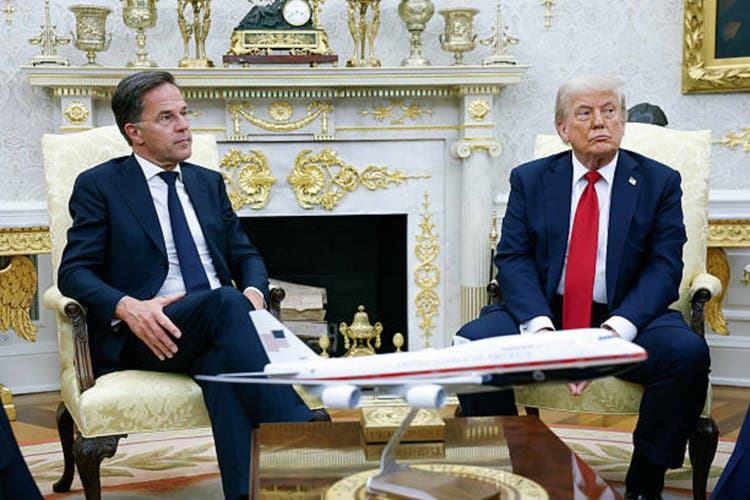



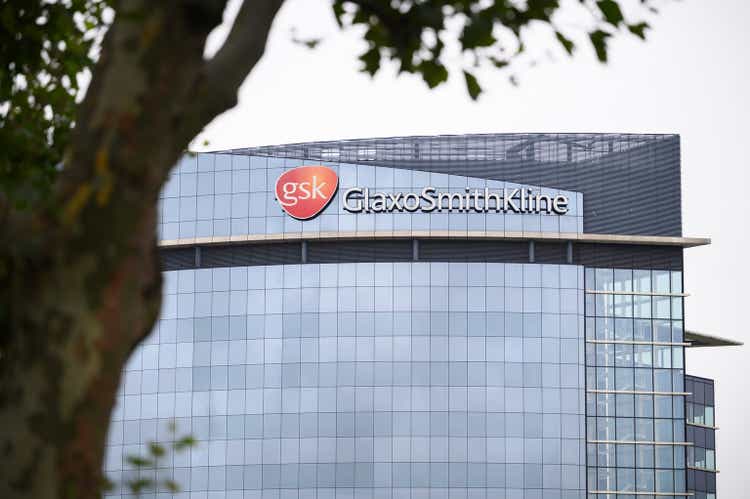

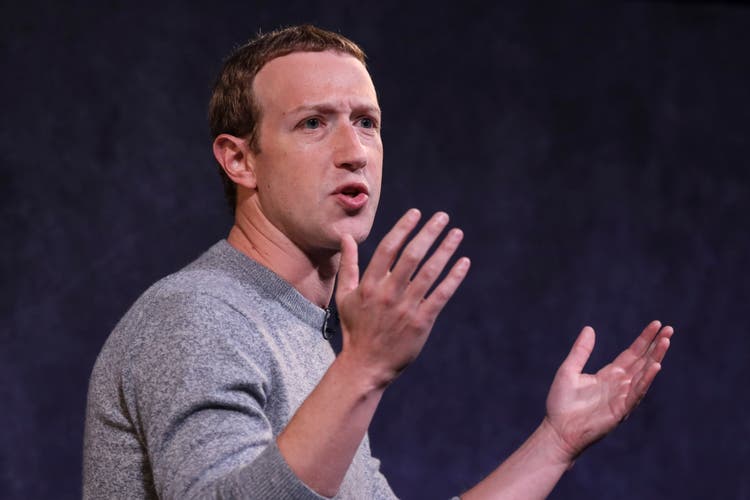



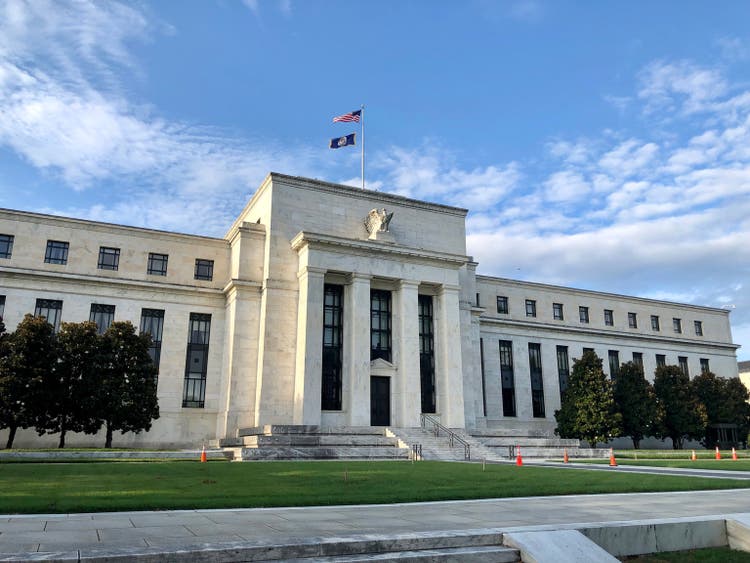
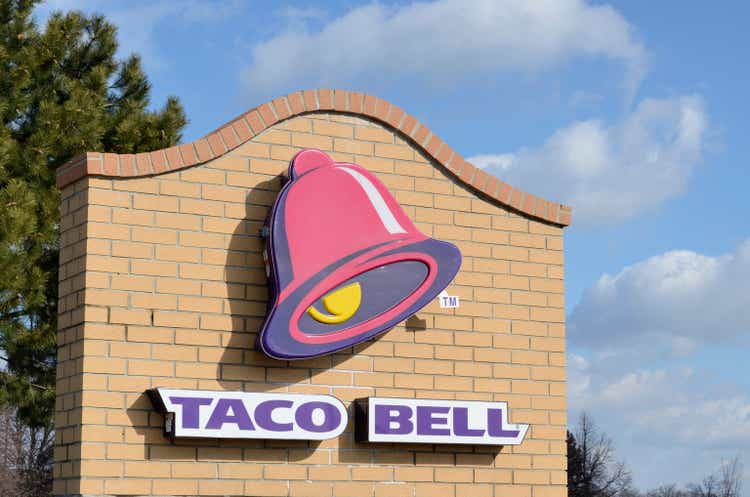





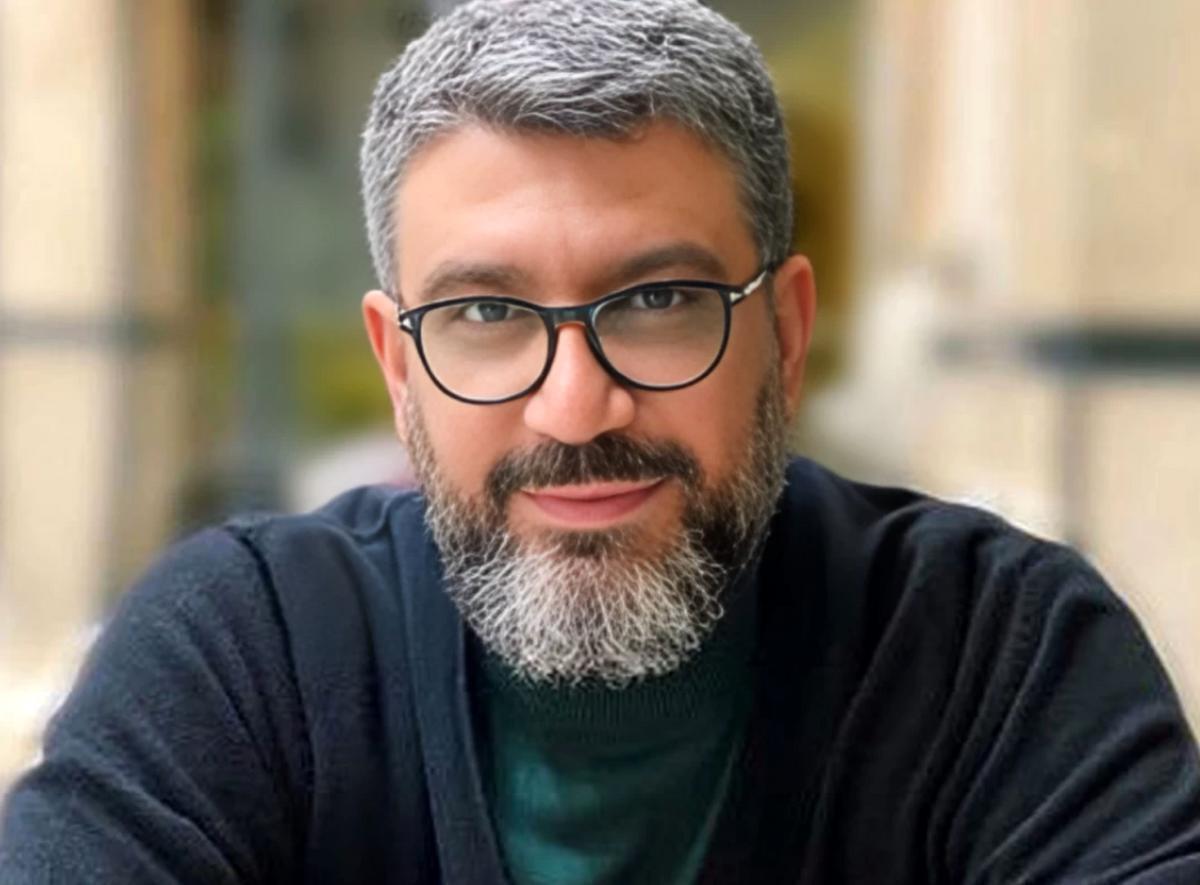
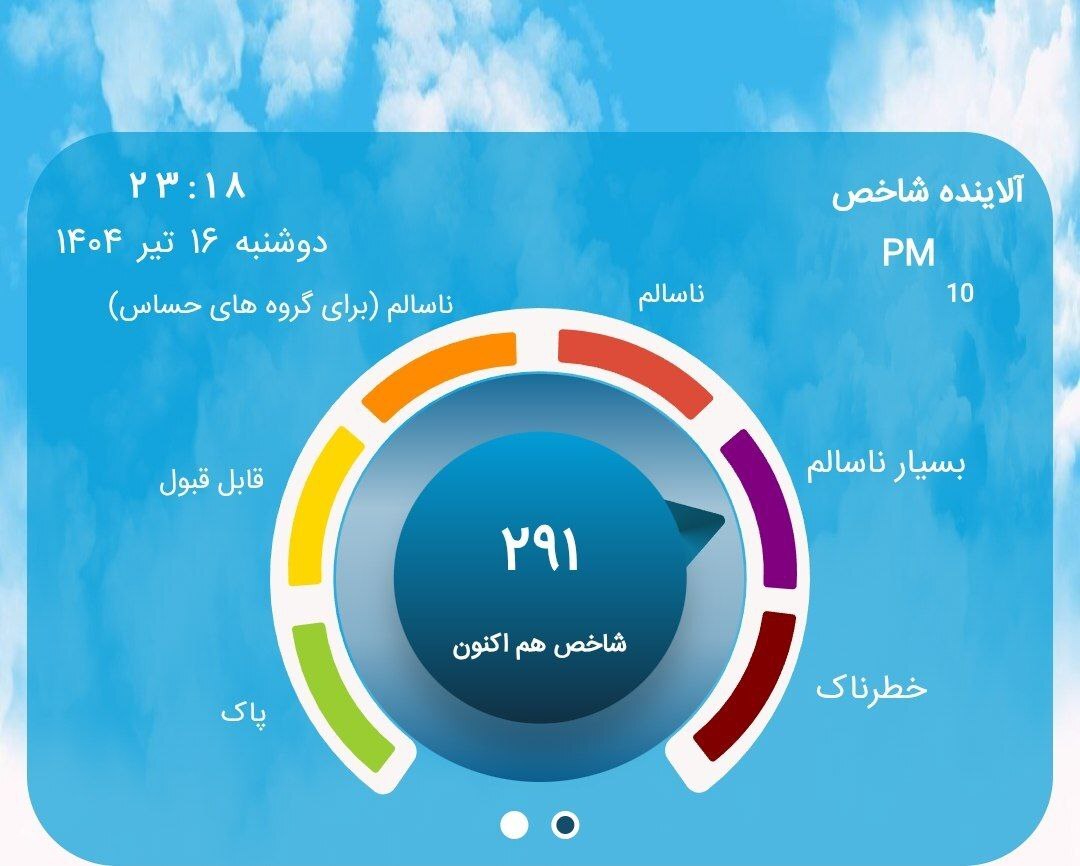
 English (US) ·
English (US) ·